Top 5 Archaeological Places to Visit in Crete
Are you ready to explore the wonders of the ancient world? As the largest of the Greek islands, Crete is home to some of the most well-preserved archaeological sites in the world. Here are the top 5 archaeological places to visit on your trip to Crete.
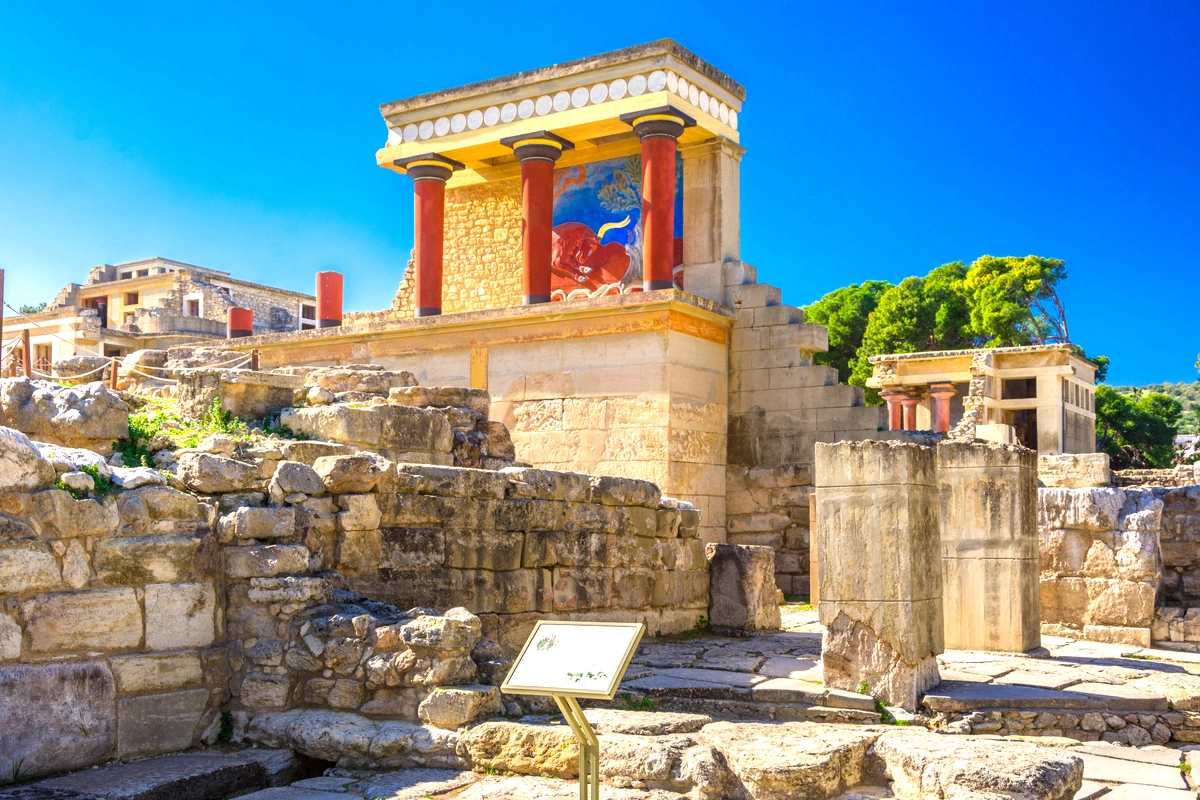 Knossos is a fascinating place to visit for anyone interested in ancient history. The site, located in Greece, was once the center of the Minoan civilization and dates back to the Bronze Age. Although it is not as well-known as other ancient sites, such as the Pyramids or the Colosseum, Knossos is just as important. Not only is it the largest Bronze Age archaeological site on Crete, it also contains a large palace complex that is believed to have been the home of King Minos. This palace is particularly impressive, with its elaborate architecture and beautiful frescoes that decorate the walls. Visitors can spend hours exploring the ruins of the palace, marveling at the skill and craftsmanship of the Minoan people.
Knossos is a fascinating place to visit for anyone interested in ancient history. The site, located in Greece, was once the center of the Minoan civilization and dates back to the Bronze Age. Although it is not as well-known as other ancient sites, such as the Pyramids or the Colosseum, Knossos is just as important. Not only is it the largest Bronze Age archaeological site on Crete, it also contains a large palace complex that is believed to have been the home of King Minos. This palace is particularly impressive, with its elaborate architecture and beautiful frescoes that decorate the walls. Visitors can spend hours exploring the ruins of the palace, marveling at the skill and craftsmanship of the Minoan people.
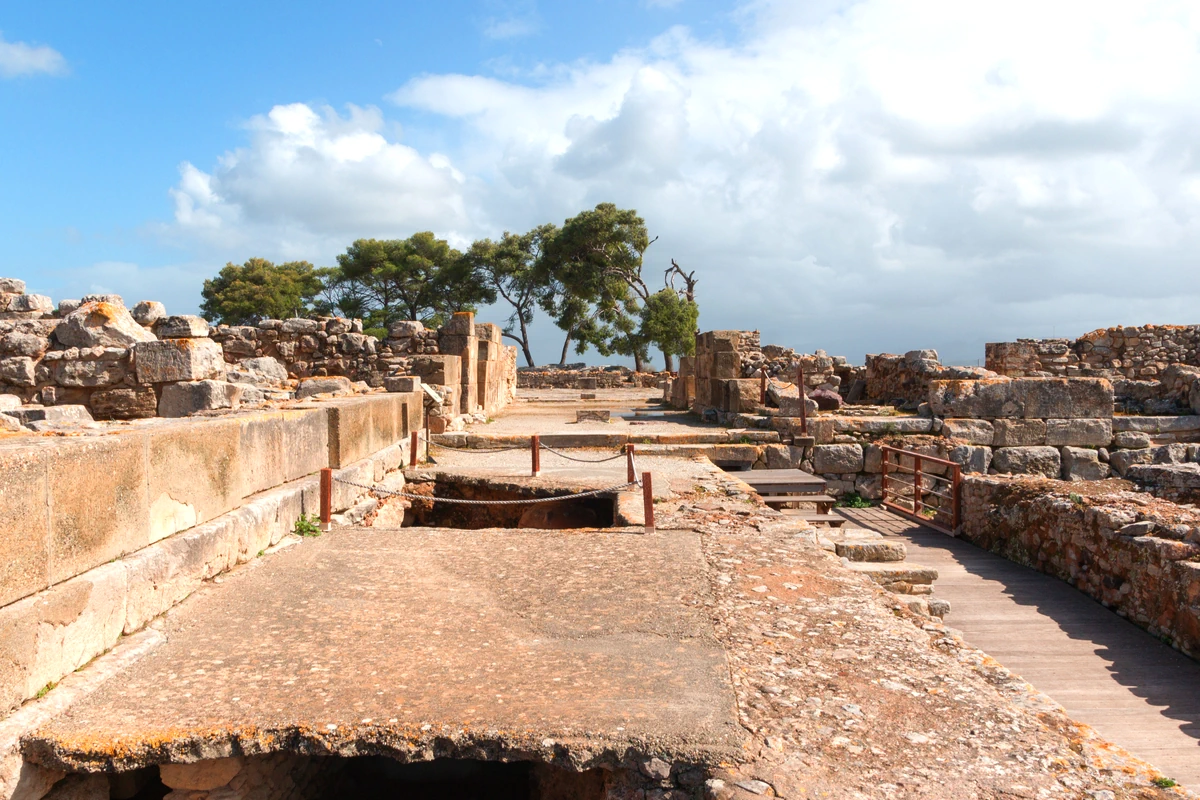 Phaistos is a significant Minoan archaeological site that is situated on a hill, commanding a panoramic view of the Messara Plain. The ruins of the ancient city, which are well worth a visit, comprise a palace complex, a theater, and a marketplace. Visitors can walk along the remains of the city’s impressive fortifications and gain a sense of the history and culture of the Minoan civilization. The palace, which was the political and administrative center of the city-state, offers a fascinating glimpse into the life of the Minoans. The palace complex is comprised of many rooms, including living quarters, storerooms, and workshops. Visitors can explore these rooms and gain insights into the daily lives of the people who once lived and worked there.
Phaistos is a significant Minoan archaeological site that is situated on a hill, commanding a panoramic view of the Messara Plain. The ruins of the ancient city, which are well worth a visit, comprise a palace complex, a theater, and a marketplace. Visitors can walk along the remains of the city’s impressive fortifications and gain a sense of the history and culture of the Minoan civilization. The palace, which was the political and administrative center of the city-state, offers a fascinating glimpse into the life of the Minoans. The palace complex is comprised of many rooms, including living quarters, storerooms, and workshops. Visitors can explore these rooms and gain insights into the daily lives of the people who once lived and worked there.
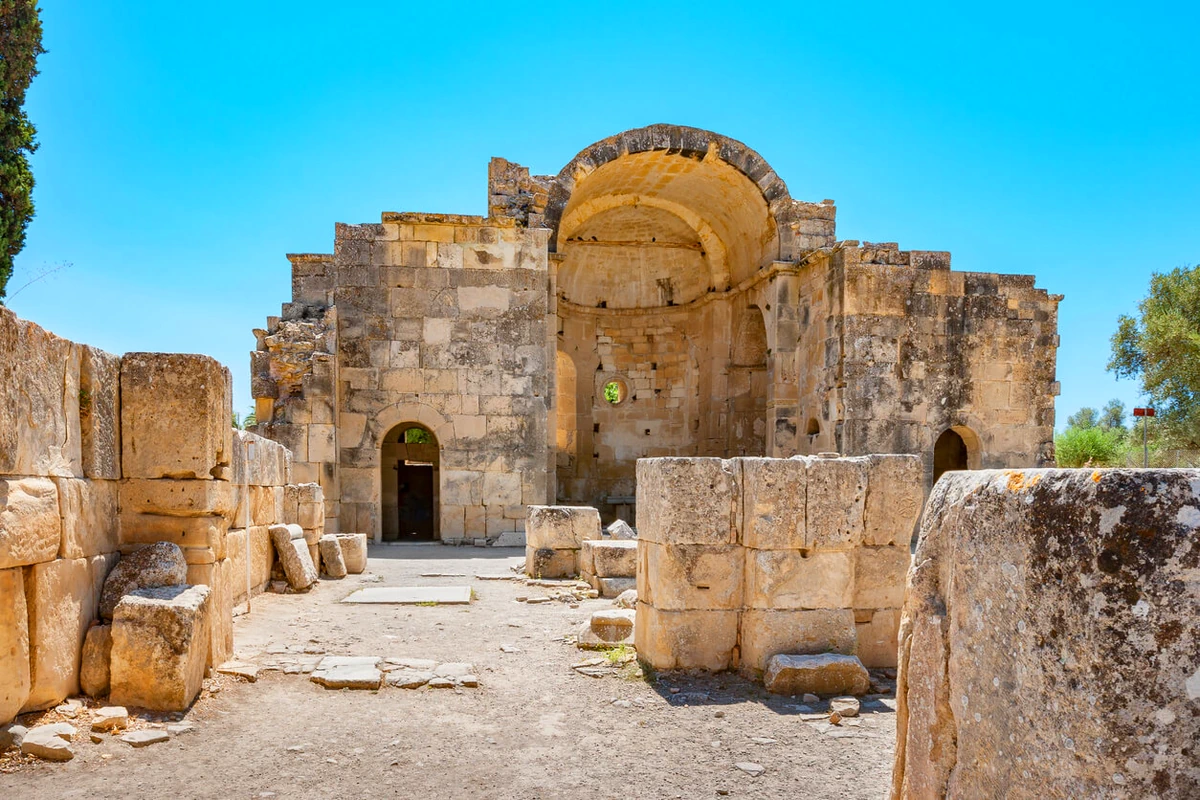 Gortyna, an ancient city located in the south of the Greek island of Crete, was once the capital of the island during the Roman period. The city was not only a political and economic center, but also a cultural hub with a well-known legal code, which was inscribed on large stone tablets that can still be seen today. The legal code, consisting of over 600 lines of text, is considered one of the longest legal texts of the ancient world. In addition to the legal code, Gortyna has numerous other historical sites that are worth visiting.
Gortyna, an ancient city located in the south of the Greek island of Crete, was once the capital of the island during the Roman period. The city was not only a political and economic center, but also a cultural hub with a well-known legal code, which was inscribed on large stone tablets that can still be seen today. The legal code, consisting of over 600 lines of text, is considered one of the longest legal texts of the ancient world. In addition to the legal code, Gortyna has numerous other historical sites that are worth visiting.
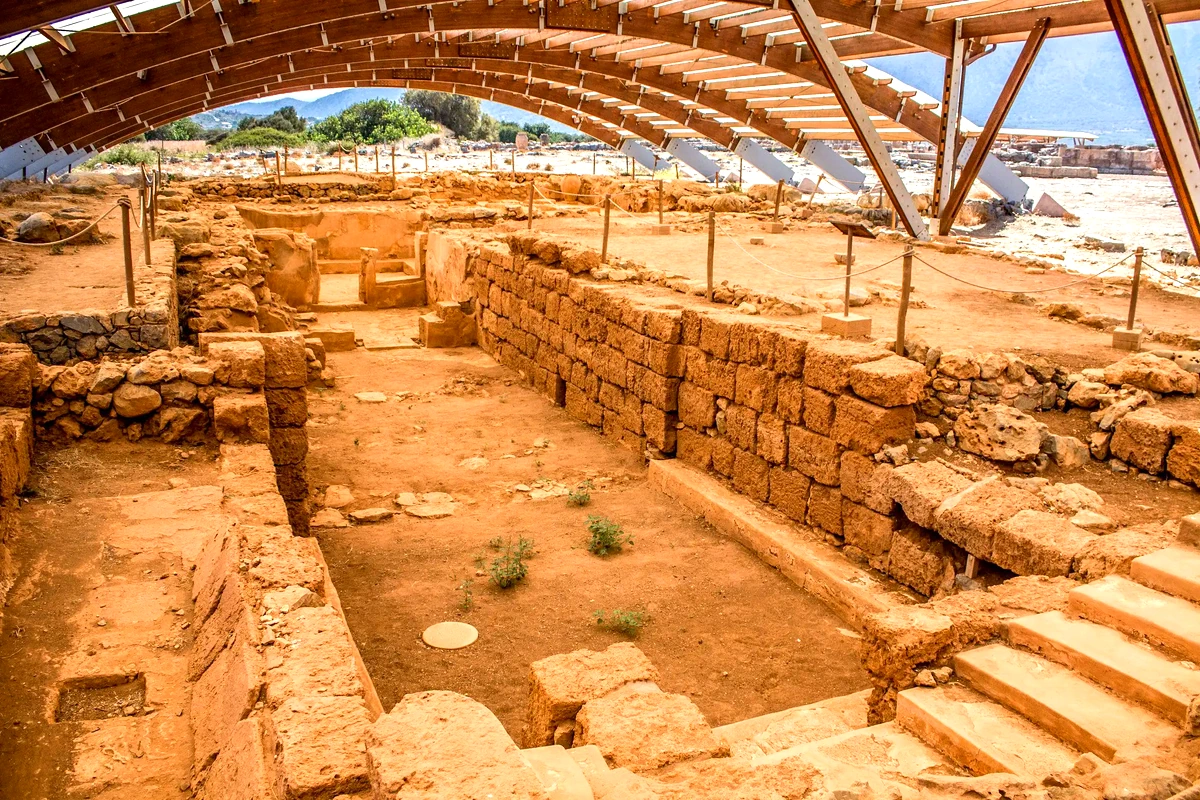 Malia was another important Minoan city, located on the northern coast of Crete. The city was a center of trade and culture, and played a significant role in the development of Minoan civilization. The palace complex in Malia, while similar in size to the one at Knossos, is unique in its architectural features and layout. Visitors to Malia can explore not only the palace, but also the surrounding residential and commercial areas, providing a glimpse into the daily life of the Minoans. In addition to the palace, the site also features a large marketplace, showcasing the vibrant and diverse economy of the city, and extensive fortifications, evidence of the city’s strategic importance and the Minoans’ military prowess. Overall, Malia offers a fascinating window into the complex and sophisticated world of Minoan civilization.
Malia was another important Minoan city, located on the northern coast of Crete. The city was a center of trade and culture, and played a significant role in the development of Minoan civilization. The palace complex in Malia, while similar in size to the one at Knossos, is unique in its architectural features and layout. Visitors to Malia can explore not only the palace, but also the surrounding residential and commercial areas, providing a glimpse into the daily life of the Minoans. In addition to the palace, the site also features a large marketplace, showcasing the vibrant and diverse economy of the city, and extensive fortifications, evidence of the city’s strategic importance and the Minoans’ military prowess. Overall, Malia offers a fascinating window into the complex and sophisticated world of Minoan civilization.
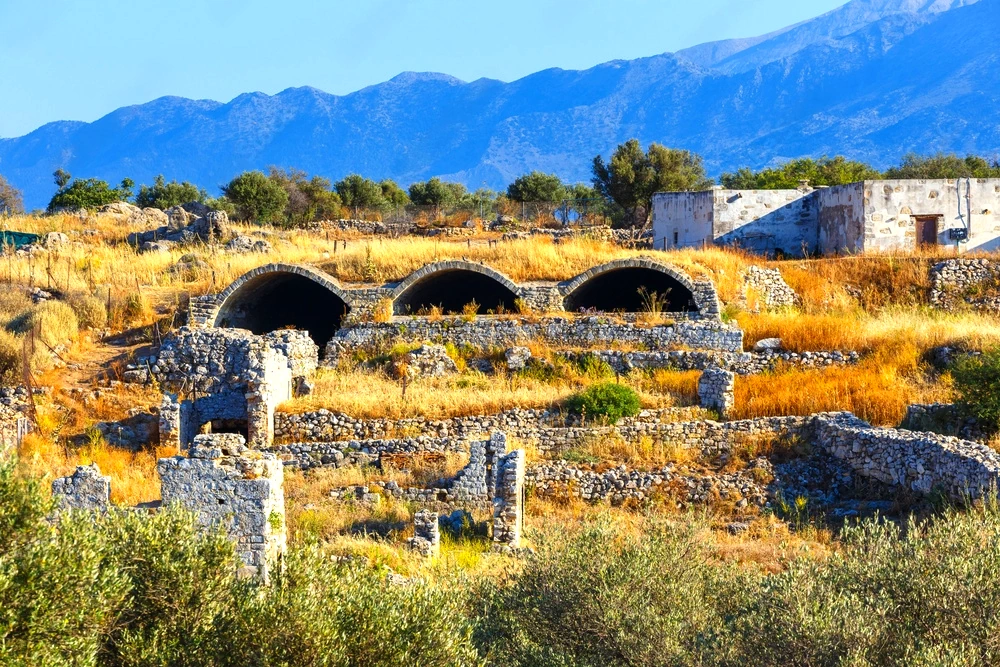 Aptera is an ancient city located on the north coast of Crete. Founded in the 7th century BC, it was once a bustling center of trade and commerce. Its strategic location on the island made it an important hub for merchants and travelers alike. Visitors can explore the remains of Aptera’s many public buildings, including a theater, a market, and a temple. The city also boasts impressive fortifications, which highlight its strategic importance. Overall, Aptera provides a fascinating glimpse into the history and culture of ancient Crete.
Aptera is an ancient city located on the north coast of Crete. Founded in the 7th century BC, it was once a bustling center of trade and commerce. Its strategic location on the island made it an important hub for merchants and travelers alike. Visitors can explore the remains of Aptera’s many public buildings, including a theater, a market, and a temple. The city also boasts impressive fortifications, which highlight its strategic importance. Overall, Aptera provides a fascinating glimpse into the history and culture of ancient Crete.
In conclusion, Crete is a treasure trove of archaeological wonders. From the Minoan civilization to the Roman period, the island is home to some of the most well-preserved ancient sites in the world. Plan your trip today and explore the top 5 archaeological places to visit in Crete. 🚩 Find historical excursions in Crete
1. Knossos
 Knossos is a fascinating place to visit for anyone interested in ancient history. The site, located in Greece, was once the center of the Minoan civilization and dates back to the Bronze Age. Although it is not as well-known as other ancient sites, such as the Pyramids or the Colosseum, Knossos is just as important. Not only is it the largest Bronze Age archaeological site on Crete, it also contains a large palace complex that is believed to have been the home of King Minos. This palace is particularly impressive, with its elaborate architecture and beautiful frescoes that decorate the walls. Visitors can spend hours exploring the ruins of the palace, marveling at the skill and craftsmanship of the Minoan people.
Knossos is a fascinating place to visit for anyone interested in ancient history. The site, located in Greece, was once the center of the Minoan civilization and dates back to the Bronze Age. Although it is not as well-known as other ancient sites, such as the Pyramids or the Colosseum, Knossos is just as important. Not only is it the largest Bronze Age archaeological site on Crete, it also contains a large palace complex that is believed to have been the home of King Minos. This palace is particularly impressive, with its elaborate architecture and beautiful frescoes that decorate the walls. Visitors can spend hours exploring the ruins of the palace, marveling at the skill and craftsmanship of the Minoan people.
2. Phaistos
 Phaistos is a significant Minoan archaeological site that is situated on a hill, commanding a panoramic view of the Messara Plain. The ruins of the ancient city, which are well worth a visit, comprise a palace complex, a theater, and a marketplace. Visitors can walk along the remains of the city’s impressive fortifications and gain a sense of the history and culture of the Minoan civilization. The palace, which was the political and administrative center of the city-state, offers a fascinating glimpse into the life of the Minoans. The palace complex is comprised of many rooms, including living quarters, storerooms, and workshops. Visitors can explore these rooms and gain insights into the daily lives of the people who once lived and worked there.
Phaistos is a significant Minoan archaeological site that is situated on a hill, commanding a panoramic view of the Messara Plain. The ruins of the ancient city, which are well worth a visit, comprise a palace complex, a theater, and a marketplace. Visitors can walk along the remains of the city’s impressive fortifications and gain a sense of the history and culture of the Minoan civilization. The palace, which was the political and administrative center of the city-state, offers a fascinating glimpse into the life of the Minoans. The palace complex is comprised of many rooms, including living quarters, storerooms, and workshops. Visitors can explore these rooms and gain insights into the daily lives of the people who once lived and worked there.
3. Gortyna
 Gortyna, an ancient city located in the south of the Greek island of Crete, was once the capital of the island during the Roman period. The city was not only a political and economic center, but also a cultural hub with a well-known legal code, which was inscribed on large stone tablets that can still be seen today. The legal code, consisting of over 600 lines of text, is considered one of the longest legal texts of the ancient world. In addition to the legal code, Gortyna has numerous other historical sites that are worth visiting.
Gortyna, an ancient city located in the south of the Greek island of Crete, was once the capital of the island during the Roman period. The city was not only a political and economic center, but also a cultural hub with a well-known legal code, which was inscribed on large stone tablets that can still be seen today. The legal code, consisting of over 600 lines of text, is considered one of the longest legal texts of the ancient world. In addition to the legal code, Gortyna has numerous other historical sites that are worth visiting.
4. Malia
 Malia was another important Minoan city, located on the northern coast of Crete. The city was a center of trade and culture, and played a significant role in the development of Minoan civilization. The palace complex in Malia, while similar in size to the one at Knossos, is unique in its architectural features and layout. Visitors to Malia can explore not only the palace, but also the surrounding residential and commercial areas, providing a glimpse into the daily life of the Minoans. In addition to the palace, the site also features a large marketplace, showcasing the vibrant and diverse economy of the city, and extensive fortifications, evidence of the city’s strategic importance and the Minoans’ military prowess. Overall, Malia offers a fascinating window into the complex and sophisticated world of Minoan civilization.
Malia was another important Minoan city, located on the northern coast of Crete. The city was a center of trade and culture, and played a significant role in the development of Minoan civilization. The palace complex in Malia, while similar in size to the one at Knossos, is unique in its architectural features and layout. Visitors to Malia can explore not only the palace, but also the surrounding residential and commercial areas, providing a glimpse into the daily life of the Minoans. In addition to the palace, the site also features a large marketplace, showcasing the vibrant and diverse economy of the city, and extensive fortifications, evidence of the city’s strategic importance and the Minoans’ military prowess. Overall, Malia offers a fascinating window into the complex and sophisticated world of Minoan civilization.
5. Aptera
 Aptera is an ancient city located on the north coast of Crete. Founded in the 7th century BC, it was once a bustling center of trade and commerce. Its strategic location on the island made it an important hub for merchants and travelers alike. Visitors can explore the remains of Aptera’s many public buildings, including a theater, a market, and a temple. The city also boasts impressive fortifications, which highlight its strategic importance. Overall, Aptera provides a fascinating glimpse into the history and culture of ancient Crete.
Aptera is an ancient city located on the north coast of Crete. Founded in the 7th century BC, it was once a bustling center of trade and commerce. Its strategic location on the island made it an important hub for merchants and travelers alike. Visitors can explore the remains of Aptera’s many public buildings, including a theater, a market, and a temple. The city also boasts impressive fortifications, which highlight its strategic importance. Overall, Aptera provides a fascinating glimpse into the history and culture of ancient Crete.
In conclusion, Crete is a treasure trove of archaeological wonders. From the Minoan civilization to the Roman period, the island is home to some of the most well-preserved ancient sites in the world. Plan your trip today and explore the top 5 archaeological places to visit in Crete. 🚩 Find historical excursions in Crete
-

Crete to Santorini: a day trip for an unforgettable experience!
Crete to Santorini, a day trip: Time4Vacation offers organized tours to discover Santorini from Crete and other destinations in Greece.
-

10 Interesting Facts About Santorini
Santorini, a volcanic island with a rich history. Here are 10 fascinating facts about this island gem that you may not have known.
-

Top 15 Beaches of Rhodes
Discover the top 15 beaches of Rhodes. Enjoy the crystal-clear waters, golden sands, and stunning scenery of this beautiful Greek island.